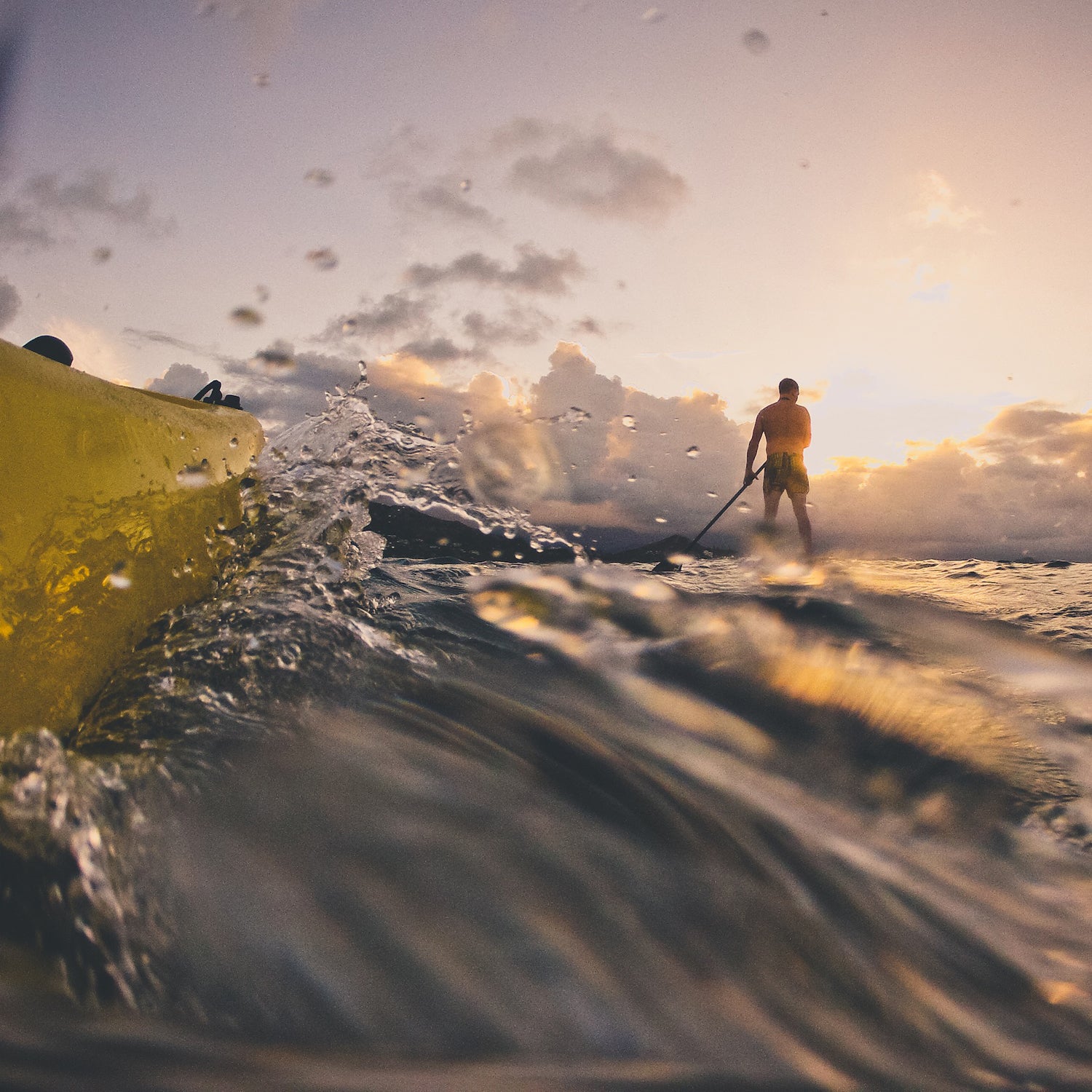A few weeks ago, my wife told me about a and stayed on the ocean floor for a year and a half before a diver found it and returned it to the owner.
While this particular instance is extreme, there are other stories about people who have found forgotten cameras with intact footage. There’s even devoted to lost-and-found GoPros.
From its start, GoPro has designed cameras with extreme users in mind, and its testing process has become more sophisticated as the company has grown up. “Back in the early days, I’m not sure we planned on having a camera that could last a year underwater,” says Paul Osborne, senior director of product management at GoPro. “It was about designing the cameras, then sending Nick [Woodman, GoPro’s founder] out to test them.” Now the company submits its cameras to massive impacts in a lab and uses that data to make the product—and its accessories—as durable as possible.
While most of us won’t be paddling into Mavericks with a GoPro on the nose of our board, there are ways to maximize the camera’s life while using it to capture less-extreme footage. Here are four best practices to follow if, say, your action cam spends 500 days underwater.
#1: Treat It Like Your Other Expensive Camera Equipment
“When storing the camera, keep it in the housing and in a cool, dry place,” says Osborne. If you live with young children, storing the GoPro in its housing has the added benefit of protecting it from any impacts.
#2: Keep It Clean
Osborne suggests removing the GoPro from its housing and washing the housing with freshwater every time you use it in the ocean. This will prevent corrosion in the gasket, which keeps the camera case waterproof.
#3: Honor Thy Memory Card
If you want to retrieve footage from a lost GoPro, be careful with the memory card, says Osborne. First, try to copy the files from the camera onto your computer to confirm they’ll work.
If your GoPro just suffered a massive hit and you’re worried the files are corrupt, charge the camera before removing the card. GoPros have a that restores footage if you touch any button after the camera has been charged.
#4: Dry It Out
Worst-case scenario: The camera is removed from its housing and submerged in freshwater. (Note: A camera dunked in saltwater without its housing is basically toast.) Thankfully, with a little luck you can—usually—bring it back to life. “There is a matter of luck,” says Osborne. Start by removing the battery and getting all of the water out of the camera. Don’t take the whole camera apart. Then, submerge it in a bag of rice or dry it with a hair dryer. Wait at least two days to turn on the camera.


